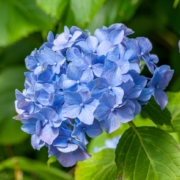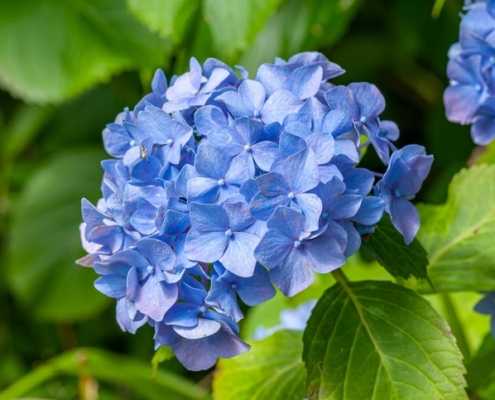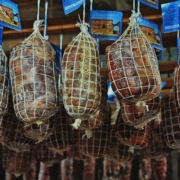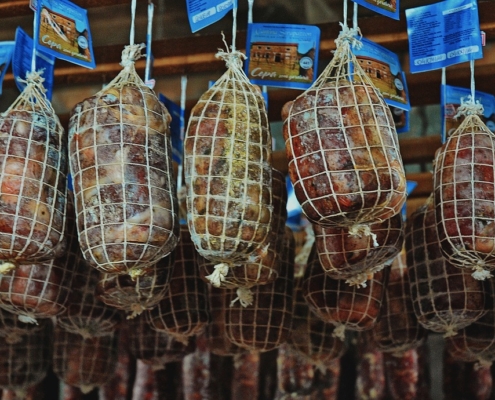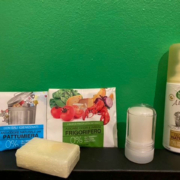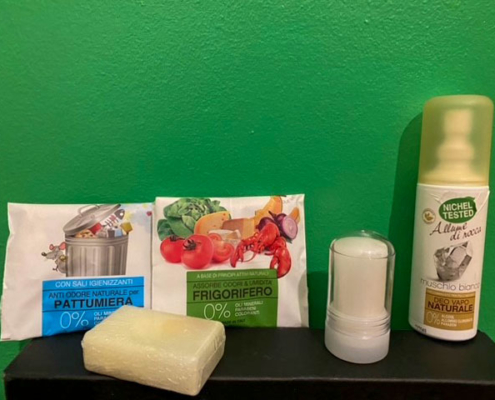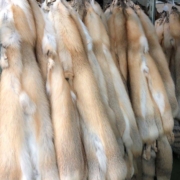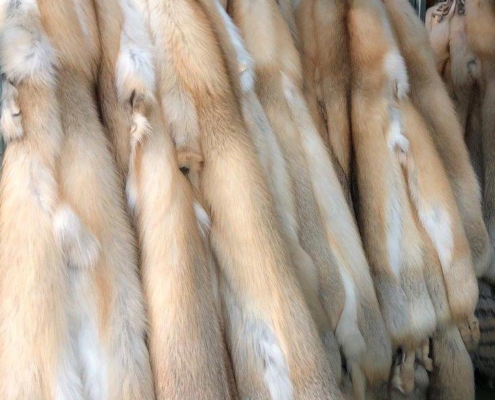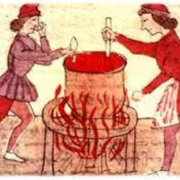Features
Potassium alum, potash alum, or potassium aluminium sulfate is a chemical compound: the double sulfate of potassium and aluminium, with chemical formula KAl(SO4)2. It is commonly encountered as the dodecahydrate, KAl(SO4)2·12H2O
Amongst its fundamental properties you will find:
- Natural antiseptic
- Deodorant/Natural Antiperspirant
- Hemostatic
- Hydrolyser which is used in the tanning of fine hides and skins (sheep) and in the treatment of natural sausage casings
There are several synonyms to Potash Alum. The best known are: Alum of Rocca, Alunite, Kalinite, and other less known.
The product is in crystals or powder shape and it is suitable for a variety of uses. In ancient times the main uses were the fixing of colors on wool and the tanning of hides and skins with fur. Today, although the product has lost importance compared to the past, it still maintains a wide range of uses. In addition to the uses described above, cosmetics, food and floriculture sectors have been added to the list.
Types
- Alum powder: Standard quality
- Cosmetic/pharmaceutical quality (phEUR)
- Alum in crystals
Packaging
- 20 kg CCB bags [only for standard quality and crystals] su Europallet
- Euro pallets (80X120) of 48 bags, each for a total weight of 960 kg
- 25 kg bags [for cosmetic and pharmaceutical quality]
- Euro pallet (80 x 120) of 40 bags, each for a total weight of 1000 kg
Uses
- Purification of drinking water (Alum makes the impalpable impurities precipitate so that they can be easily removed by separation)
- Personal hygiene products: deodorants/antiperspirants for the body and armpits, lavender for intimate use, after-shave, hemostatic pencils, as an ingredient in waxes used for hair removal and also as an antiseptic to be used after depilation
- It is useful when treating small ulcerations or infections (such as herpes), or to prevent them. It is also an ingredient found in toothpastes.
- Fruit and Vegetables: used to maintain the freshness of exotic peel fruit, in the prevention of banana rot and in the preparation of candied fruit. In addition, a common use is in the preparation of “pickles” (Pikling).
- Potassic alum also has flame-retardant properties. In fact, it is used to increase the fire resistance of fabrics, paper, wood, particleboard and is a component of the “Foamite” used in fire extinguishers.
- It’s used as an adjuvant to harden gypsum used for medical purposes.
- Always used as a plaster adjuvant in the prefabricated buildings.
- Aluminum Tanning of Fur Skins: it is one of the oldest uses of alum and it still is widely used for this application
- Taxidermy
- Fabrics: is used as a stain to fix colors on fabrics based on nitrogenous fibers, such as wool, silk, nylon.
- Floriculture: the use of Potassic Alum in the cultivation of Hydrangeas catalyzes the change of color from pink to blue. (Alum acidifies the soil and with its limited acidity [due to sulfuric, buffered by aluminum], generates the change of color towards blue)
- Processing/cleaning of natural casings for salami
- “Souvenir Figurines”: mixed with alabaster or marble dust, Potassic Alum is a fundamental ingredient in the manufacture of “souvenir figurines”
- Other uses: it is also used in “plasticine” to model



